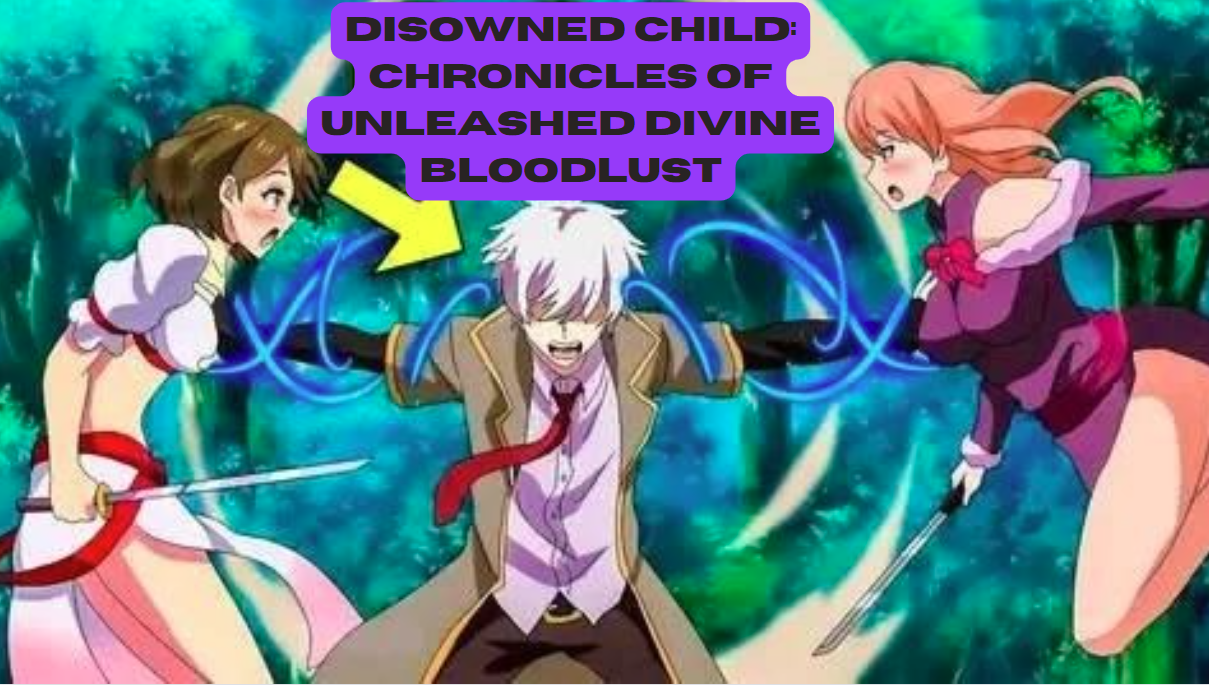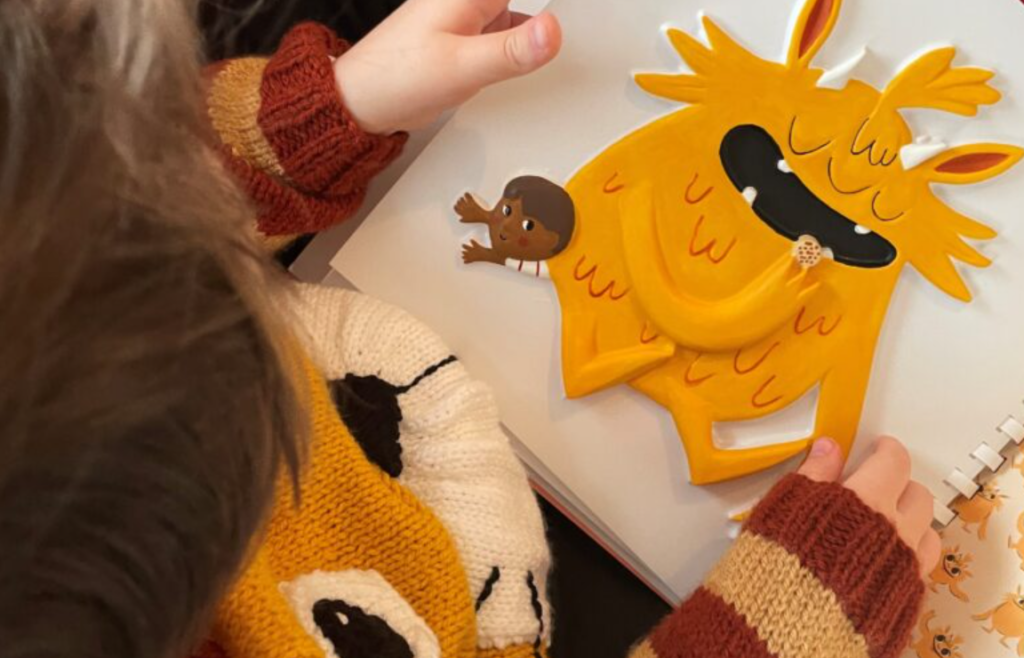Contents
- 1 Introduction
- 2 Overview of the Narrative
- 3 Character Analysis
- 4 Themes and Symbolism
- 5 Literary Style and Structure
- 6 Reception and Impact
- 7 FAQs
- 7.1 What is “The Disowned Child: Chronicles of Unleashed Divine Bloodlust” about?
- 7.2 Who is the main character in “The Disowned Child: Chronicles of Unleashed Divine Bloodlust”?
- 7.3 What are the major themes in “The Disowned Child: Chronicles of Unleashed Divine Bloodlust”?
- 7.4 How has “The Disowned Child: Chronicles of Unleashed Divine Bloodlust” been received by critics and readers?
- 8 Conclusion
Introduction
“The Disowned Child: Chronicles of Unleashed Divine Bloodlust” emerges as a potent narrative that intricately weaves together themes of exile, power, and vengeance. At the heart of this tale is Alaric, a character whose journey not only explores the depths of divine wrath but also delves into the complex emotions of a disowned child.
This comprehensive analysis will provide a deep dive into the story, characters, and themes of this compelling saga, ensuring that our exploration of “The Disowned Child: Chronicles of Unleashed Divine Bloodlust” surpasses existing content and offers fresh insights.
Overview of the Narrative
“The Disowned Child: Chronicles of Unleashed Divine Bloodlust” centers around Alaric, a protagonist who, despite his divine heritage, is cast aside by his own people. The narrative unfolds in a fantastical setting where divine powers clash with mortal ambitions, and Alaric’s struggle embodies a powerful tale of revenge and redemption. The story is marked by intense emotional conflicts, epic battles, and a profound exploration of identity and belonging.
Plot Summary
The story begins with Alaric, a child born with extraordinary divine gifts, being abandoned by his family and society due to the fear and envy his powers inspire. As he grows up in isolation, Alaric’s divine abilities evolve, manifesting as formidable strength and unparalleled bloodlust. His journey is both a quest for personal redemption and a battle against those who wronged him. The narrative intricately explores Alaric’s internal struggles and the external conflicts that shape his path, providing a rich tapestry of drama, action, and introspection.
Character Analysis
Alaric: The Disowned Protagonist
Alaric is the quintessential disowned child, a figure who grapples with the duality of his existence: a divine being forsaken by those he was meant to protect. His character is crafted with haunting authenticity, embodying the archetype of the outcast who must navigate a world that both fears and desires his power.
Divine Heritage and Bloodlust
Alaric’s divine bloodline is a source of immense power but also of profound isolation. His ability to unleash divine bloodlust—an uncontrollable rage fueled by his celestial heritage—plays a central role in the narrative. This bloodlust is both a weapon and a curse, illustrating the complex relationship between his divine nature and his personal vendetta.
Emotional Depth and Development
Alaric’s emotional journey is one of the most compelling aspects of the story. The pain of rejection, the struggle for acceptance, and the quest for vengeance are explored with depth and nuance. His evolution from a tormented outcast to a formidable force reflects a profound transformation, making his character arc one of the most engaging elements of “The Disowned Child: Chronicles of Unleashed Divine Bloodlust”.
Supporting Characters
“The Disowned Child: Chronicles of Unleashed Divine Bloodlust” features a diverse cast of supporting characters who each play a crucial role in Alaric’s journey.
The Betrayers
The individuals responsible for Alaric’s disownment are portrayed as multifaceted antagonists. Their motivations range from fear of his power to political machinations, adding layers of complexity to their roles as antagonists. Their interactions with Alaric serve as catalysts for his development and drive the narrative forward.
Allies and Mentors
Throughout his journey, Alaric encounters several allies and mentors who assist him in his quest. These characters provide guidance, support, and occasional conflict, enriching the narrative and highlighting different facets of Alaric’s character. Their relationships with Alaric are instrumental in his growth and the progression of the plot.
Themes and Symbolism
“The Disowned Child: Chronicles of Unleashed Divine Bloodlust” is rich in thematic content and symbolism, offering readers a deeper understanding of its narrative.
The Theme of Exile
Exile is a central theme in the story, representing both physical and emotional displacement. Alaric’s journey reflects the broader human experience of feeling out of place or rejected by society. This theme is explored through Alaric’s interactions with both his former family and the world at large, highlighting the pain and resilience associated with being an outcast.
Power and Responsibility
The story delves into the complexities of power and responsibility. Alaric’s divine abilities are both a blessing and a burden, illustrating the challenges of wielding immense power while grappling with personal and moral dilemmas. The narrative questions the nature of true strength and the responsibilities that come with it.
Bloodlust and Redemption
The motif of bloodlust serves as a symbol of Alaric’s internal struggle and quest for redemption. His journey is marked by a tension between his violent impulses and his desire for justice and acceptance. This duality is central to the narrative, reflecting the broader themes of forgiveness and self-discovery.
Symbolic Elements
The story incorporates various symbolic elements that enhance its thematic depth. For example, the divine blood that fuels Alaric’s rage symbolizes both his potential for destruction and his capacity for renewal. Similarly, the landscapes and settings in the narrative often reflect Alaric’s emotional state, adding layers of meaning to the story’s progression.
Literary Style and Structure
Narrative Techniques
“The Disowned Child: Chronicles of Unleashed Divine Bloodlust” employs a range of narrative techniques to engage readers and enhance the story’s impact. These include:
- Multiple Perspectives: The use of different viewpoints provides a well-rounded understanding of the characters and their motivations.
- Flashbacks: Flashbacks offer insights into Alaric’s past and the events leading to his disownment, enriching the reader’s comprehension of his character.
- Symbolic Imagery: Vivid imagery and symbolism enhance the story’s thematic depth and emotional resonance.
Pacing and Tension
The pacing of the narrative is carefully managed to maintain reader interest and build suspense. The balance between action sequences and character development ensures a dynamic and engaging story. Key moments of tension are heightened by the interplay of Alaric’s internal conflicts and external challenges.
Reception and Impact
“The Disowned Child: Chronicles of Unleashed Divine Bloodlust” has garnered significant attention for its unique blend of fantasy and psychological drama. Its exploration of themes such as exile, power, and redemption has resonated with readers, offering a fresh perspective on the disowned child archetype.
Critical Acclaim
The narrative has been praised for its intricate character development, compelling plot, and thematic depth. Critics have highlighted Alaric’s emotional journey and the story’s innovative approach to traditional fantasy tropes.
Reader Reactions
Readers have responded positively to the story’s emotional intensity and richly developed characters. The themes of power and redemption, coupled with the dynamic plot, have made “The Disowned Child: Chronicles of Unleashed Divine Bloodlust” a memorable and impactful read.
FAQs
What is “The Disowned Child: Chronicles of Unleashed Divine Bloodlust” about?
“The Disowned Child: Chronicles of Unleashed Divine Bloodlust” follows the story of Alaric, a divine being who is cast out by his family and society. The narrative explores his quest for vengeance and redemption as he grapples with his divine powers and emotional turmoil.
Who is the main character in “The Disowned Child: Chronicles of Unleashed Divine Bloodlust”?
The main character is Alaric, a disowned child with extraordinary divine abilities. His journey is central to the narrative, exploring themes of exile, power, and redemption.
What are the major themes in “The Disowned Child: Chronicles of Unleashed Divine Bloodlust”?
The major themes include exile, power and responsibility, and the conflict between bloodlust and redemption. The story delves into the complexities of being an outcast and the challenges of wielding immense power.
How has “The Disowned Child: Chronicles of Unleashed Divine Bloodlust” been received by critics and readers?
The story has been well-received for its emotional depth, character development, and thematic exploration. Critics have praised its innovative approach to fantasy, while readers have responded positively to its compelling narrative and rich characterizations.
Conclusion
“The Disowned Child: Chronicles of Unleashed Divine Bloodlust” stands as a powerful narrative that offers a unique exploration of themes related to power, exile, and redemption. Through its complex characterizations and richly woven plot, the story provides readers with a profound and engaging experience. Alaric’s journey from disowned outcast to formidable force is both a reflection on personal struggle and a broader commentary on the nature of power and belonging. This comprehensive analysis aims to enhance the understanding of “The Disowned Child: Chronicles of Unleashed Divine Bloodlust” and provide fresh insights into its narrative and themes.







